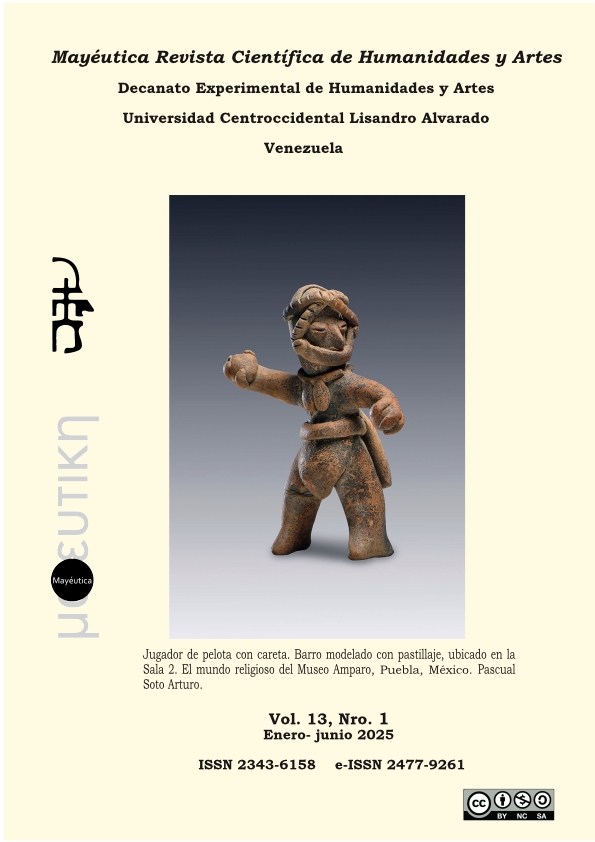Significant semiotic networks and sociosymbolic references in postmodernity
DOI:
https://doi.org/10.5281/zenodo.14567731Keywords:
cultural and social semiotics, sociosymbolic references, semiosphere, postmodernity, social narrativeAbstract
The purpose of the article is to elucidate the relevance of the significant networks of language and discourse through the cultural and social semiotics of Lotman (1996), Verón (1987), Saussure (2008) and Pierce (1931). In this sense, it makes a historical preamble on the origin of Lotman’s cultural semiotics (1996), taking into account the study of semiospheres, semantics and semiotics in discursive narrative, properly. Likewise, the importance of sociosymbolic referents and the strength of the symbol in postmodern society, is considered as well as narrative identity as a representative element within language Paul Ricoeur (1990), since the subject through the word is an enunciator/attributor of its own realitycontext. Likewise, the semiotic turn of Paolo Fabbri (2000), and the semiosis and social imaginary according to Hernández (2023), are deepened through imagination (the myth), narration (refoundation) and the aesthetic moment. The narrative and social imaginary marks a transcendental milestone in the art of postmodern symbols and codes captured in the semiospheres, a key aspect for the understanding and interpretation of social reality.
Downloads
References
Fabbri, P (2000). El giro semiótico. Editorial Gedisa.
Ferrarotti, F. (1982). Acerca de la autonomía del método biográfico. En Sociología del Conocimiento. Fondo de Cultura Económica.
Hernández, L. (23 de noviembre 2023). Ontosemiótica y Pluralidad discursiva [conferencia] VI Jornadas de investigación, VIII Encuentro de Investigación. Universidad Nacional Experimental Simón Rodríguez.
Jung, C. (2009). Arquetipos e inconsciente colectivo. Paidós.
Lotman, I. (1996). La semiosfera I. Semiótica de la cultura y del texto. Ediciones Cátedra. Universitat de Valencia.
Maffesoli, M. (1997). Elogio de la razón sensible. Paidós.
Parra, G. (2006). Educación, reforma y sociedad del conocimiento. Unesco-ORUS-UCV. Editorial Metrópolis.
Pierce, C. S. (1931). Collected papers of Charles Sanders Pierce. (Vols. 16). Harvard University Press.
Ricœur, P. (1990). Mimèsis, référence et refiguration dans Temps et Récit. Études Phenoménologiques. 11, 29-40.
Ricoeur, P. (1995). Tiempo y Narración. Siglo XXI Editores Argentina, S.A.
Romero, R. M. (2020). Posmodernidad y antropología simbólica. Enpoli. https://www.enpoli.com.mx/politica/posmodernidadyantropologia-simbolica/
Santa Biblia. (1960). Sociedades Bíblicas Unidas.
Saussure, F. (2008). Curso de Lingüística General. Editorial Losada.
Verón, E. (1987). La semiosis social. Gedisa.
Published
How to Cite
Issue
Section

This work is licensed under a Creative Commons Attribution-NonCommercial-ShareAlike 4.0 International License.





